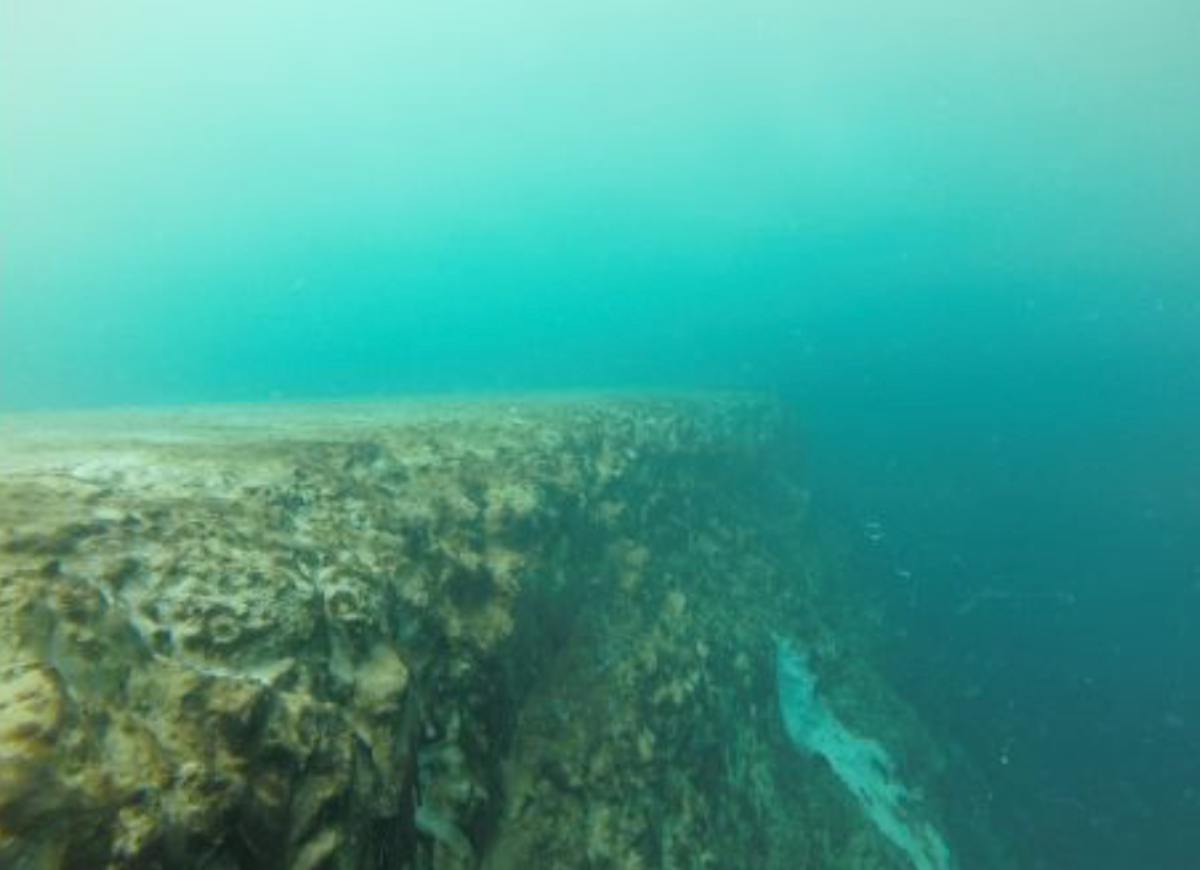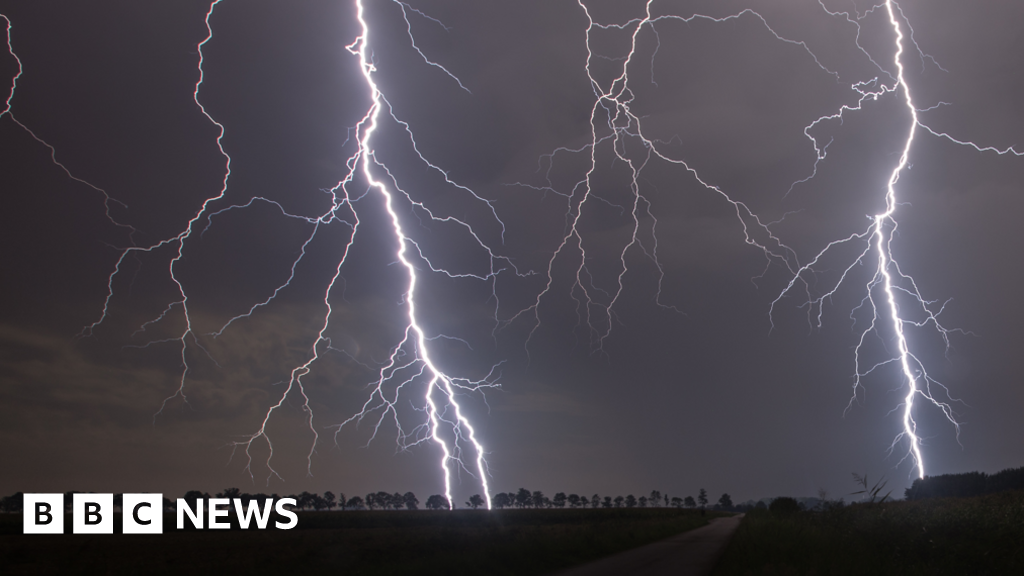
Oceanographers have discovered that the Taam Ja’ Blue Hole in Mexico’s Chetumal Bay is the deepest underwater sinkhole on Earth. Located near the Chicxulub crater, where a massive asteroid struck 66 million years ago, this abyss has remained a mystery to scientists.
At least 420m deep, the Taam Ja’ Blue Hole surpasses the Dragon Hole in the South China Sea, which is about 300m deep. Blue holes form when water seeps through cracks in the seafloor, dissolving minerals and creating sinkholes.
Initially believed to be only 275m deep when it was discovered in 2021, further research revealed its true depth. Researchers used new technology to measure the depth by anchoring a vessel near the hole and dropping a line in. They also dove in with instruments to profile the water’s conductivity, temperature, and depth.
The researchers found that the pit is at least 420m deep but could be even deeper. The water in the hole has layers of varying temperature and salinity, with one layer at around 400m deep having values similar to those of nearby Caribbean Sea. This suggests that there may be an underwater seabed connecting these two seas.
The researchers concluded that there may be unique biodiversity within the depths of Taam Ja’ Blue Hole waiting to be explored and linked to physicochemical and geomorphological processes.







